Mercury Blood Pressure Meter in Sri Lanka.
a. The product is in compliance with ENI060Non-invasive sphygmomanometers
b. Mercury Blood Pressure Meter Operating procedure:
1. Position the pressure cuff Practice the following procedure several times to become familiar with the equipment. Before taking your blood pressure, plan to relax and rest for at least 15 minutes. This will reduce the error due to physical activity. If you are right-handed, slip the pressure cuff over your left arm and extent your left arm palm up. Whether sitting or lying, be sure that your arm rests at the same level as your heart. Turn the cuff so that the stethoscope diaphragm (sound head) is on the inside of the arm just above the elbow. This locates it over the large artery near the hollow of the elbow. (this artery can be also found by feeling for the pulse of the artery) Grasp the end of the cuff pull it snug, then wrap it around and over your arm, pressing together with Velcro tape to bind the cuff securely.
2. Inflate the cuff Feel the pulse of the artery with your fingertips to be sure the heads of the stethoscope is located directly over it. Insert the earpieces of the stethoscope (adjust by turning earpieces to fit comfortably in your ears) Hold the gauge in your left hand or clip onto the cuff on the loop provided for reading. Close the air-flow valve on the bulb (turn lockwise) DO NOT OVERTIGHTEN. Inflate the cuff by repeatedly squeezing the bulb with your right hand. Listen to the pulse beat whilst inflating the cuff. Watch the gauge. When you can no longer hear the pulse beat, raise the pressure an additional 30mm.
3. Slowly deflate the cuff Slowly open the air-flow valve by turning counter clockwise so that the pressure drops 2-4mmHg with each beat of your heart. (This will usually mean a drop of one to two marks on the gauge ever The rate of dellation is important for accurate reading. Remember, the pressure of the cuff has shut off all blood, flow to the arm. So do not leave it inflated fully any longer than absolutely necessary.
4. Systolic pressure
After opening the air-flow valve, listen carefully tor a pulse beat. The moment you hear the faint rhythmic tapping or tumping sound of the pulse beat, note the reading on the gauge. This is your systolic (upper) blood pressure. It may be different at first for you to detect the sounds of the pulse beat, listen carefully and acquaint yourself with these unfamiliar sounds. You should also notice the needle on the gauge “bounce” when your systolic pressure is reached.
5. Diastolic pressure
Allow the pressure to continue dropping at the same rate as before 2-4mmHg second. Listen carefully with the stethoscope. The sounds you hear will change the phases. From the first sharp tagging or thud, they will soften to blowing or swishing sounds. Watch the falling needle. At the exact point when you can no longer hear the sounds, read the gauge. This is your diastolic (lower) blood pressure reading.
c. Mercury Internal nominal diameter of the tube containing mercury is 3.5mm.
d. Blood Pressure Meter Maintenance
Under normal condition, the device is recommended to be calibrated every two years. Calibration should also be done after repair. Calibration should be carried out at point 50mmHg and 200mmHg
e. Mercural Blood Pressure Meter Safe handling with mercury
1. Guideline and precautions for mercury blood pressure monitor
This mercury-type sphygmomanometer should be handled with care. In particular, care avoid dropping the instrument or treating it in any way result in damage to the manometer. Regular checks should be made to ensure that here are no leaks from the inhalation system and to ensure that the mercury.
2. Health and safety when handling mercury sphygmomanometer.
Exposure to mercury can have serious toxicological effects.
Work should be carried out in a well-ventilated area, and ingestion immediately transfer all the mercury into a container, with should After removal of as much of the mercury as practicable, treat the contaminated surfaces with a wash composed of equal parts of allow to dry. After 24h, remove the paste and wash the surface thin paste. Apply this paste to all the contaminated surfaces and calcium hydroxide and powdered sulfur mixed with water to form a schedule) This will ensure that the mercury can move up and regular intervals (eg. under the recommended maintenance of clothing. Any material contaminated with mercury should be During cleaning care would be taken to avoid the contamination Sealed in a plastic bag before disposal in a reuse receptacle sphygmomanometer, the manometer tube should be cleaned at down the tube freely and respond quickly to change in pressure in and inhalation of the vapor should be avoided. For more extensive repairs, the instrument should be securely packed with adequate padding, sealed in a plastic bag or container, and resumed to special repairs. It is essential that a high standard of occupational hygiene is maintained in premises where mercury-containing instruments are repaired. Chronic mercury absorption is known to have occurred in individuals repairing sphygmomanometers.
3. Mercury spillage
When dealing with a mercury spillage, wear latex gloves. Avoid prolonged inhalation of mercury vapour. Do not use an open vacuum system to aid collection. Collect all the small droplets of split mercury into one globule an the be sealed. with clean water. Allow to dry and ventilate the area.
4. Clean the manometer tube To obtain the best results.



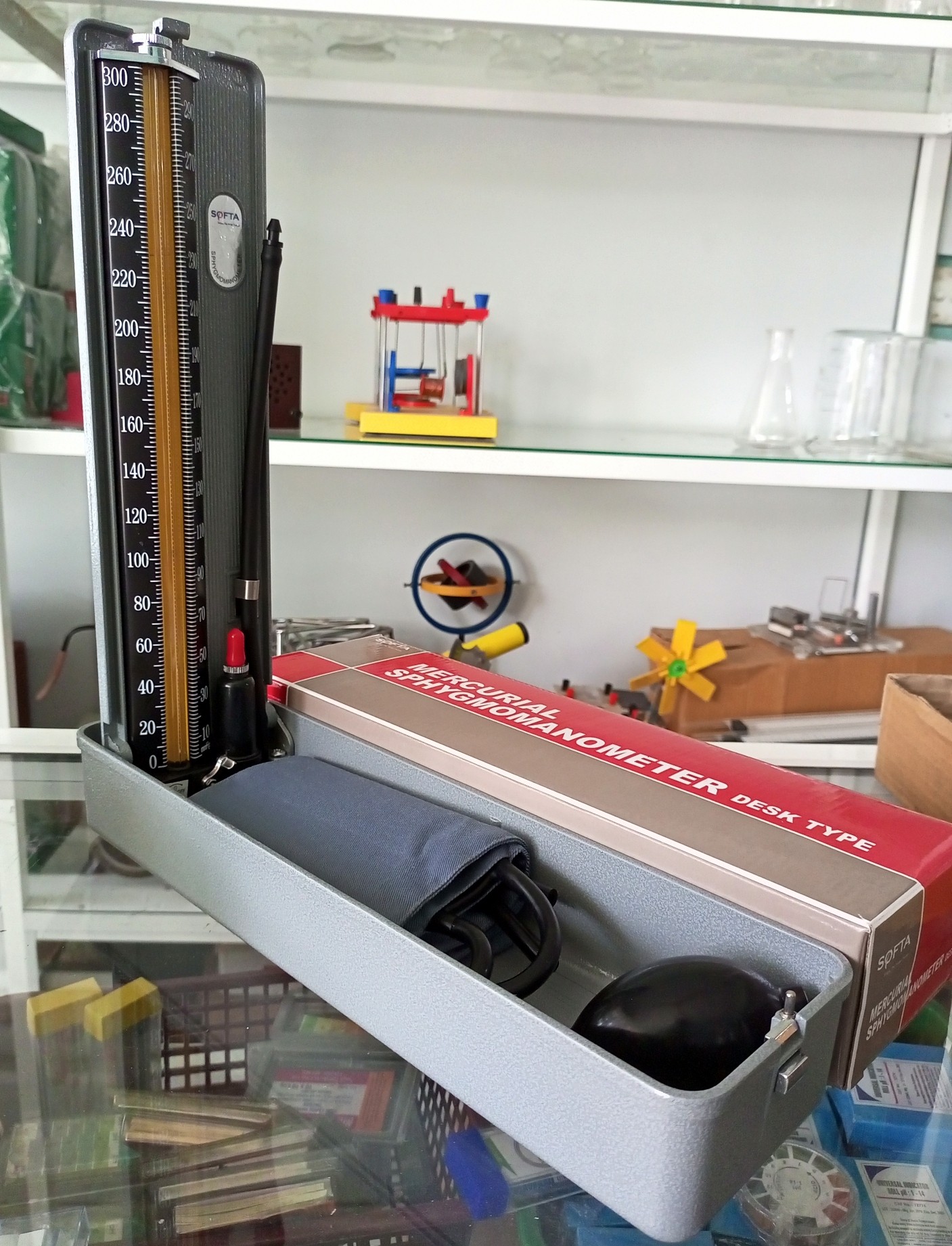


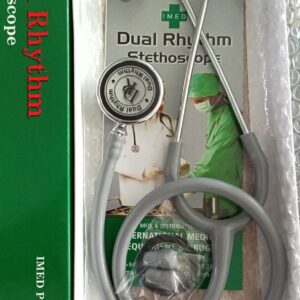
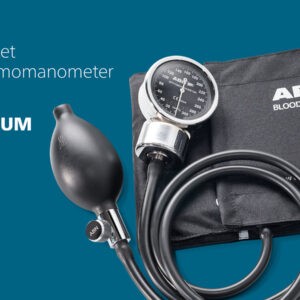
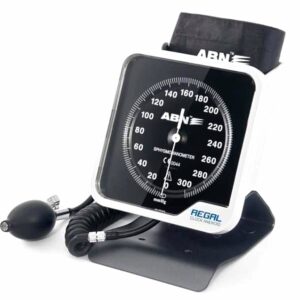
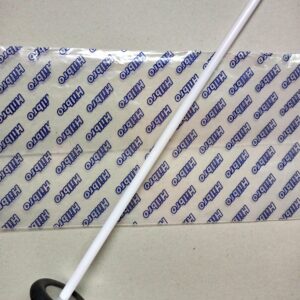
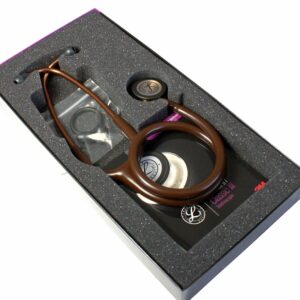
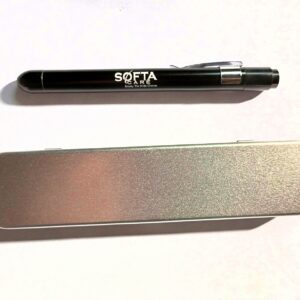
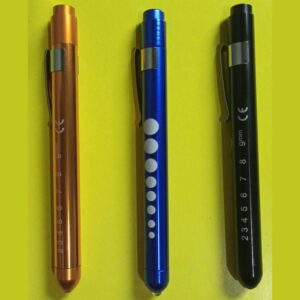

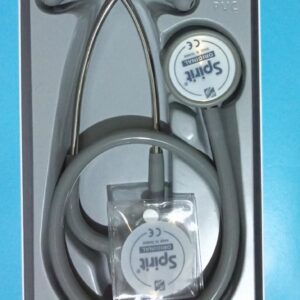
Kumudini Cooray (Verified Customer) –
Sciencesio (store manager) –
Thank you 💐